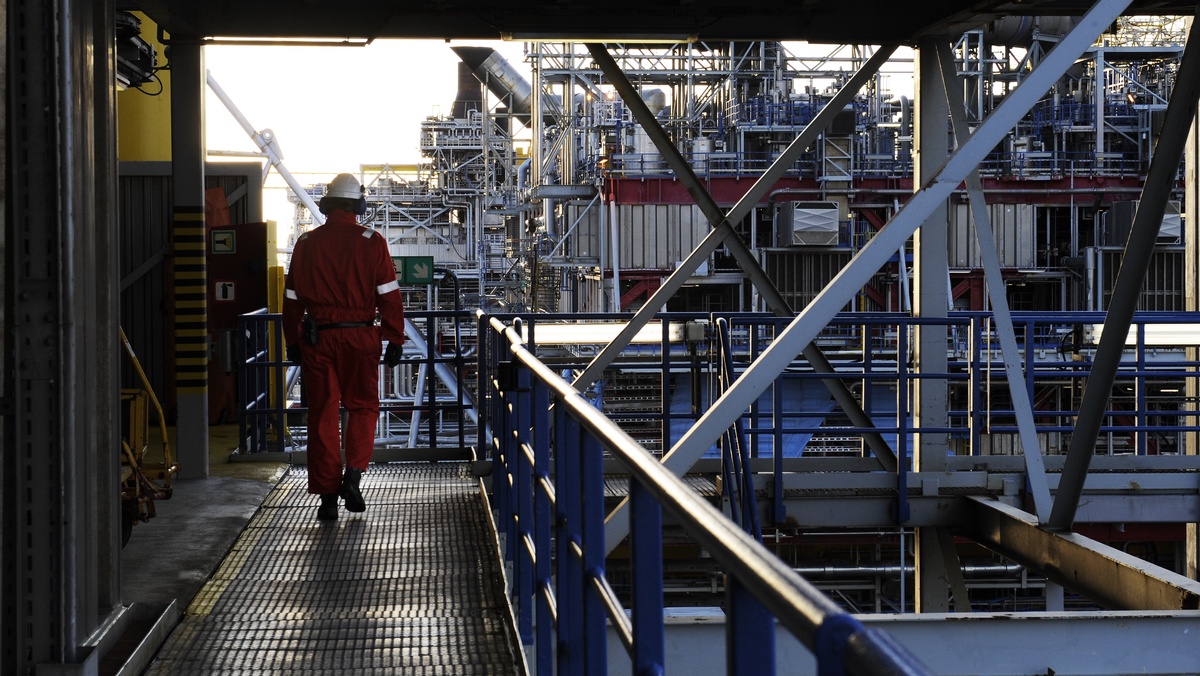The oil and gas industry used to be in the spotlight when discussing climate and environmental issues. But climate change and increasing pressure on the energy market could lead to new, tougher requirements targeting new areas in the value chain. It can include everything from aging infrastructure, work and measures to reach zero emissions targets to how the industry reinvests profits. Today’s situation is marked by increased political stakes, but there are also unique opportunities for industry to lead the way as important social actors in the energy transition. But it requires that corporate resource management be equipped to meet and deal with the challenges of tomorrow.
More attention to weaknesses
The oil and gas industry knows the consequences of unwanted accidents or operational outages, which quickly lead to lost income, increased costs and, at worst, widespread environmental consequences and loss of reputation. If factories had to be closed, that would lead to unwanted attention, and could lead to increased focus from the rest of society on how the industry handled its resources. A close example is the world’s largest container ship, MV Ever Given, Blocking the Suez Canal. The accident turned the world upside down for three months, and the shipping industry was subjected to great public attention and media pressure during and especially after the accident.
The challenges facing the oil and gas industry are complex and are challenged by varying data quality – and in some cases unreliable and non-standardized data. The complexity is further enhanced as legacy non-digital platforms are used to manage resources. These are systems that lack portability and opportunities for digitization, and in some cases systems that still rely in part on paper-based processes.
The first step you must take to reduce risk is to develop a modern strategy for managing the company’s resources, or asset management. It’s a strategy that goes beyond having to “just” track down and adjust resources, or fix equipment that fails. Leading companies will invest in solutions based on artificial intelligence and machine learning. Solutions that can give them the necessary knowledge and data. Knowledge that not only anticipates when, where and why equipment or facilities will fail, but also what needs to be done to solve the problem. A good asset management computer system, using machine learning and artificial intelligence, should help the company make this assessment by including risk of repeated failure, collateral, and additional investment (CAPEX).
The same type of technology will be crucial in being able to demonstrate the true impact of the sustainability measures that are initiated. You can already see a growing interest from investors looking specifically at oil and gas companies that can contribute to a greener energy transition. The rest of society is likely to follow suit, and that could lead to more emphasis on stricter regulations, and higher carbon dioxide taxes.2Emissions and profits, as well as clear and concrete requirements for zero emissions goals. For companies that can meet the requirements of sustainability and zero emissions, the environmental responsibility they take will emerge as a real competitive advantage.
Accreditation and tracking are important
Many companies invest large sums of money in actions to specifically meet sustainability requirements. Consulting firm Bain reported in 2021 that 20 percent of all decisions over $1 billion are driven by sustainability actions. Today, the customer wants to know exactly what they are buying, how the product is made and what are the processes. Therefore, reliable documentation will be critical in order to document that the company meets the sustainability requirements. It simplifies the process of good asset management and makes the due diligence process more efficient. For the seller, more transparent processes mean that he can charge a higher price.
From an asset management perspective, this entails many challenges. Businesses must be able to track and measure all of their emissions, capture emissions as they occur and, in a reliable way, document that they are operating with green and sustainable production.
In conclusion, developments in the industry show how important it is to have a strong database to be able to draw an accurate and correct picture of a company’s resource management. The market will demand that sustainability reports be documented on the basis of verifiable data. Transparent and comprehensive resource management processes will increase the interest of sustainability-conscious investors and increase confidence that companies can raise their social responsibility as an important player in the energy transition.
comments:
We have changed the comment system on the article. To create a user account, you need to register with BankID.

“Web specialist. Lifelong zombie maven. Coffee ninja. Hipster-friendly analyst.”




